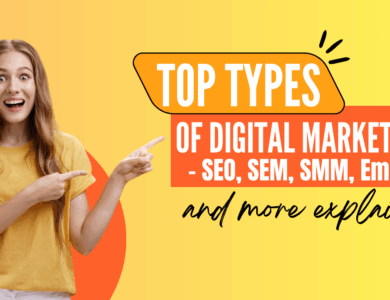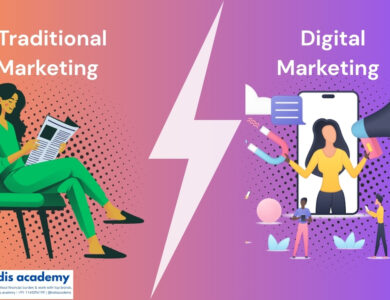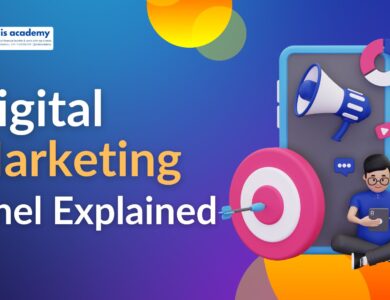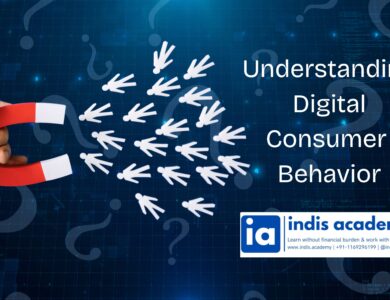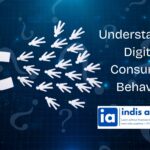Top Benefits of Digital Marketing – ROI, Targeted Reach & Smarter Campaigns
Discover the key benefits of digital marketing for modern businesses, including higher ROI, precise audience targeting, and unparalleled global reach. Learn how it outperforms traditional marketing and drives real growth.
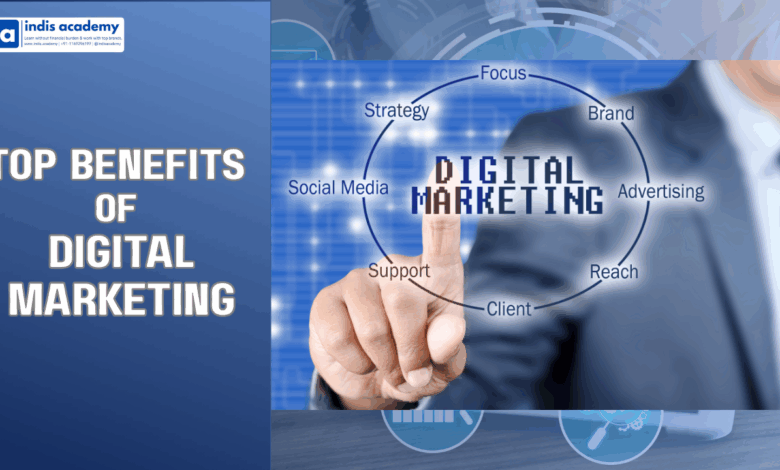
In today’s fast-moving digital age, businesses of all sizes are turning to digital marketing to build their brand, generate leads, and drive growth. But why is digital marketing gaining such importance over traditional methods? The answer lies in three powerful benefits it offers: higher ROI, broader reach, and precise targeting.
Whether you’re running a startup, a local business, or managing marketing for a large enterprise, understanding these advantages can help you make smarter marketing decisions. This article explores how digital marketing helps you save money, expand globally, and connect with the right audience — all while measuring every step of your journey.
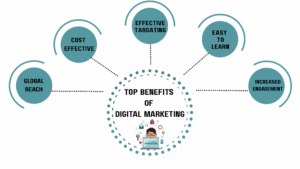
1. Higher ROI (Return on Investment)
Why ROI Is a Key Marketing Metric
Return on Investment (ROI) is one of the most critical performance indicators for any marketing campaign. It shows how much revenue you generate for every rupee spent. Traditional advertising methods like TV, radio, and print often involve high costs and limited tracking, making it hard to measure actual ROI.
Digital marketing, on the other hand, gives you complete visibility into what’s working and what isn’t.
Digital Channels Deliver Better Value
Online marketing channels often deliver lower cost per lead and higher conversion rates compared to traditional methods. For example:
- Email marketing has an average ROI of 4200%, meaning you earn ₹42 for every ₹1 spent.
- Google Ads and Facebook Ads allow you to start with small budgets, test creatives, and scale only what works.
This performance-focused nature of digital marketing ensures that your money goes further.
Also Read:
- Which Marketing Channel Should You Use? A Strategy & Budget Guide
- Understanding Digital Consumer Behavior: What Really Drives Online Buying?
Real-Time Data Helps Optimize Budget
Unlike offline campaigns where changes are slow and costly, digital marketing allows you to make real-time adjustments:
- Pause underperforming ads
- Redirect budget to high-performing channels
- Refine messaging for better engagement
This agility contributes to maximizing returns on every rupee spent.
2. Broader and Global Reach
Breaks Geographical Barriers
With traditional marketing, reaching a new city or country often means printing flyers, buying local ads, or opening physical stores. Digital marketing removes those limitations.
A small business in India can now:
- Sell products globally through an ecommerce store
- Run targeted social media ads in the US, UK, or Canada
- Host a webinar for international attendees without leaving their office
Omnichannel Presence
Digital marketing allows you to be present across multiple platforms:
- Search engines (Google, Bing)
- Social media (Instagram, Facebook, LinkedIn)
- Video (YouTube, reels)
- Email and SMS
This consistent visibility helps you stay top-of-mind wherever your customer is.
24/7 Brand Visibility
Digital campaigns work around the clock. Unlike store hours or TV slots, your ads and content continue to reach people even when you’re asleep. This ensures your brand is always working for you.
3. Precise Audience Targeting
Demographic & Behavioral Targeting
Digital platforms provide unmatched targeting capabilities:
- Age, gender, location
- Profession, job title, education level
- Interests, device used, online behavior
For example, Facebook allows advertisers to show an ad to 30-year-old parents in Mumbai who are interested in baby products. That level of specificity isn’t possible with a newspaper ad.
Retargeting Increases Conversions
Retargeting is one of the most effective techniques in digital marketing. It lets you show ads to users who:
- Visited your website but didn’t convert
- Added a product to cart but didn’t purchase
This keeps your brand fresh in their minds and significantly increases the chances of conversion.
Lookalike Audiences and AI Targeting
Platforms like Meta and Google allow you to create lookalike audiences — people who behave similarly to your current customers. With machine learning algorithms, your targeting gets smarter over time.
4. Real-Time Analytics and Measurable Results
You Can Track Everything
From impressions to clicks, bounce rate to conversion rate — digital marketing lets you monitor everything. Popular tools include:
- Google Analytics: Tracks website traffic and user behavior
- Meta Pixel: Measures ad performance on Facebook and Instagram
- HubSpot / CRM Tools: Tracks lead generation, sales pipeline
This data-driven approach gives you control over every campaign.
A/B Testing Makes Campaigns Smarter
Want to test two versions of a headline or image? A/B testing helps you run both versions and see which performs better. Over time, this helps improve:
- Click-through rates (CTR)
- Email open rates
- Conversion rates
Optimization becomes a continuous process.
5. Cost-Effectiveness for All Business Sizes
Affordable for Startups and Local Businesses
One of the best things about digital marketing is its low entry barrier. You don’t need lakhs of rupees to start.
- Start a Facebook campaign with ₹500
- Launch an email campaign using free tools
- Create SEO-optimized blogs to rank organically
This is especially helpful for startups and local businesses with limited budgets.
Flexible Budgeting Options
Digital marketing gives you control over your spend:
- Set daily or lifetime budgets
- Increase or pause spend anytime
- Focus only on channels that work
You only pay for what delivers value.
6. Better Engagement & Brand Loyalty
Two-Way Communication Channels
Digital platforms enable real conversations between brands and users. Whether through comments, DMs, or polls — consumers can engage directly.
- Respond to queries instantly
- Handle feedback publicly and transparently
- Build trust through consistent interaction
Personalized Experiences for Customers
Using tools like CRM systems or email marketing platforms, businesses can personalize:
- Product recommendations
- Email content
- Offers based on browsing behavior
Personalization leads to higher engagement and better customer retention.
7. Scalability and Automation
Scale What Works
If a particular ad set or campaign performs well, you can instantly scale it up.
- Increase budget in real-time
- Duplicate high-performing ad sets
- Expand targeting with similar audiences
You don’t need to redesign your entire strategy — just build on what’s already working.
Automation Tools Save Time and Improve Efficiency
Automation tools help you:
- Schedule posts and emails
- Respond to leads automatically
- Manage customer journeys via workflows
This allows you to maintain marketing efficiency while focusing on strategy and growth.
8. Competing with Larger Brands
Level Playing Field with Right Strategy
With smart use of SEO, social media, and content marketing, smaller brands can outrank or outperform larger players in niche areas. Digital marketing rewards creativity and relevance more than just budget.
Niche Focus and Storytelling
Smaller brands often have unique stories and direct founder involvement. Leveraging those for content, videos, or email campaigns helps them stand out and build loyal communities.
Conclusion
Digital marketing has transformed the way businesses connect with their audience. With benefits like higher ROI, broader global reach, and laser-sharp targeting, it offers unmatched opportunities for brands to grow effectively and efficiently.
Whether you’re just starting or looking to scale, embracing digital marketing can help you compete smarter, spend better, and build lasting customer relationships. It’s no longer an option — it’s a necessity in today’s digital-first world.
